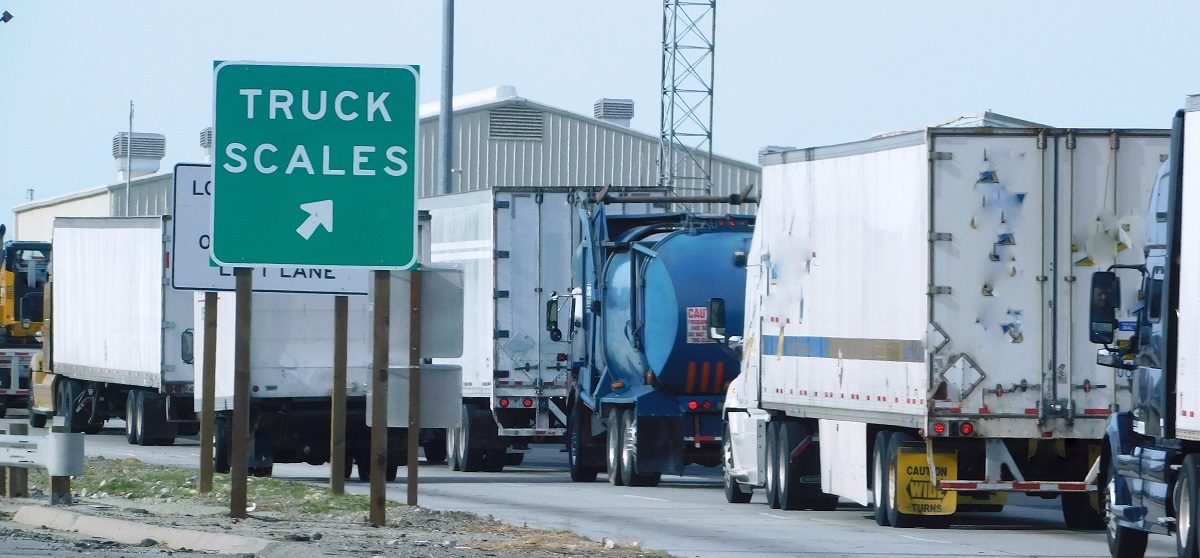What is GVW, GVWR and GCWR?
Gross vehicle weight rating (GVWR) and gross vehicle weight (GVW) are thought to be the same, however they are not. Let’s take a look at the differences, along with an explanation of gross combined vehicle weight rating (GCWR).
GVW, GVWR and GCWR Explained
A truck’s GVWR is the maximum weight rating established by the chassis manufacturer. GVW is the total weight of the truck and payload at a point in time. GCWR is the total weight of the truck pulling the trailer and the trailer itself. The truck chassis dictates proper GCWR for the safe operation of the combination truck and trailer.
How to find my GVW, GVWR, and GCWR?

The Gross Vehicle Weight Rating of a vehicle is shown on the vehicle’s Safety Compliance Certification Label, located on the inside of the driver’s side door or the door latch post pillar.
How is GVWR Determined?
Adding gross axle weight ratings (GAWRs) together for all axles was a common way of calculating GVWR many years ago, but that’s no longer accurate. Establishing a vehicle’s GVWR is much more difficult in the present day due to the advancement of safety system standards and how vehicles meet safety requirements. This is why many trucks have a GVWR much lower than the combined axle ratings.
Safety standards that:
- apply to braking
- vehicle stability
- chassis manufacturer’s internal standards for durability
- dynamic stability and handling
can restrict GVWR even though the sum of the axle ratings exceeds 22,000 pounds.
How is GCWR Determined?
A vehicle’s GCWR is based on parameters established by chassis manufacturers. The manufacturer makes an assessment in accordance with SAE International test protocols, determining maximum GCWR. The OEM runs a series of strict tests which often include testing total GCWR braking capability using only the towing vehicle chassis braking system.
CDL Requirements & GVWR
A key driver qualification is the commercial driver’s license rule, better known as CDL. Many fleets prefer to specify their chassis in a way that allows drivers without a CDL to operate their vehicles. Federal CDL requirements help clarify non-CDL vs. CDL trucks and how GVWR plays an important factor.
Each state may have strict CDL licensing requirements, and each state must follow federal requirements as a whole. The federal requirement specifies that when a CMV has a GVWR of 26,000 pounds or less, the operator does not need a CDL. However, this does not mean the truck GVW can be loaded above the GVWR of 26,000 pounds and operated by a non-CDL driver. Federal requirements state the GVW must, in addition, be 26,000 pounds or less. CDL requirements become more confusing when the vehicle is towing a trailer.
Safety First
As a business or fleet, you’re placing your employees in these commercial motor vehicles. It is very important to company’s well-being and employee safety to make sure the trucks you purchase are designed for their intended purposes and that GVWR and GCWR are specified properly for safe, efficient operation.
Related Articles:


